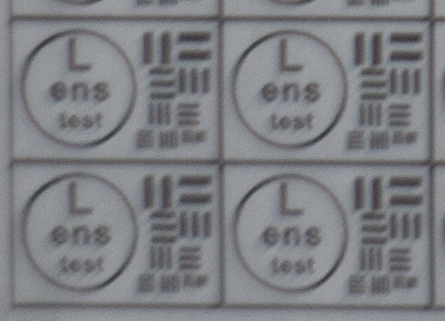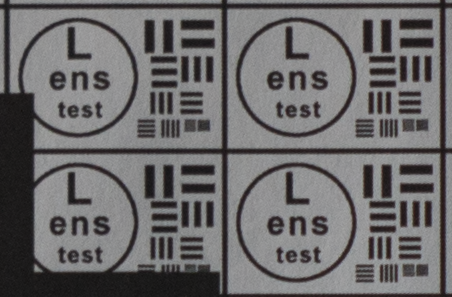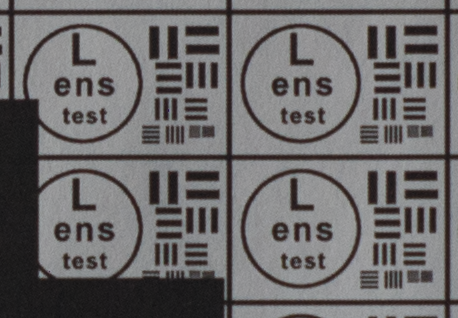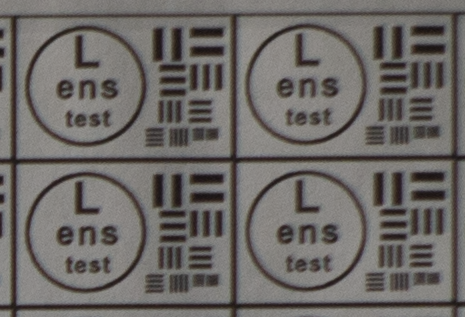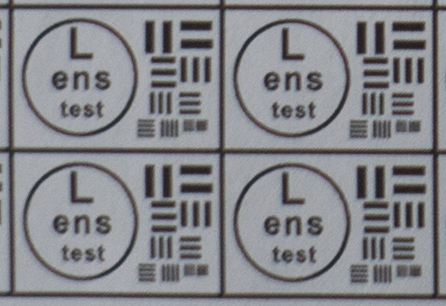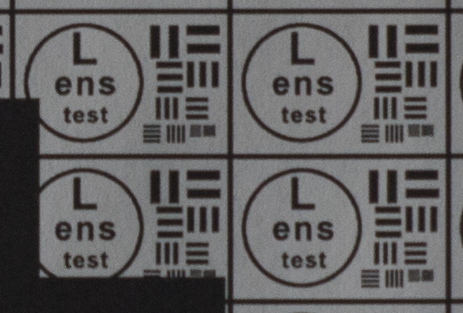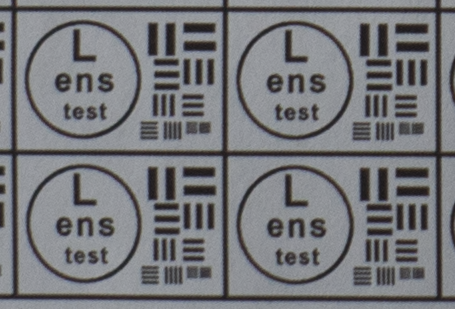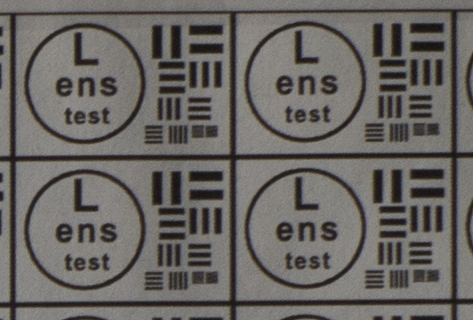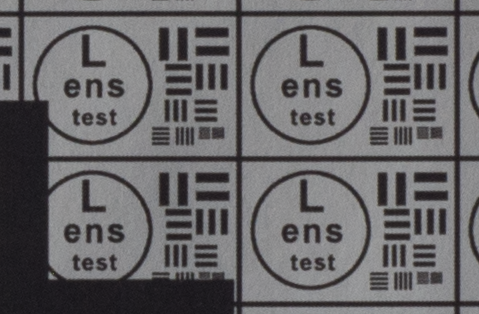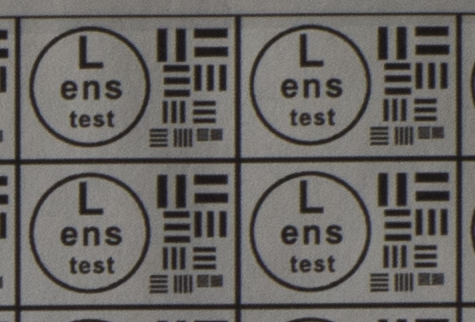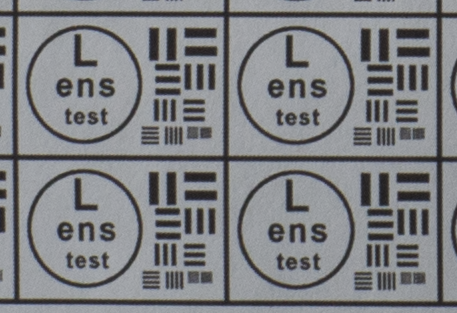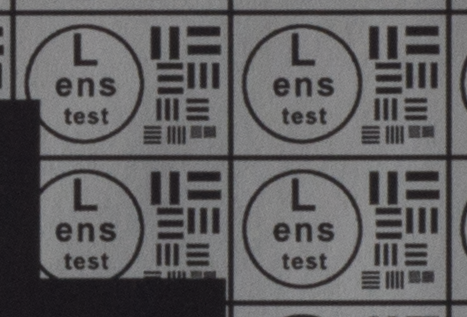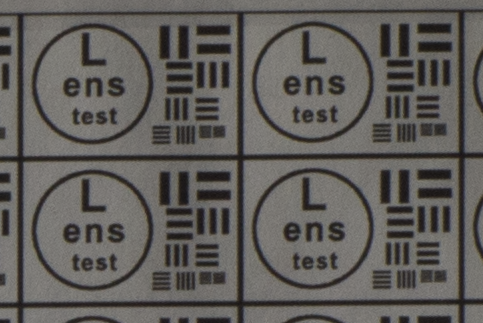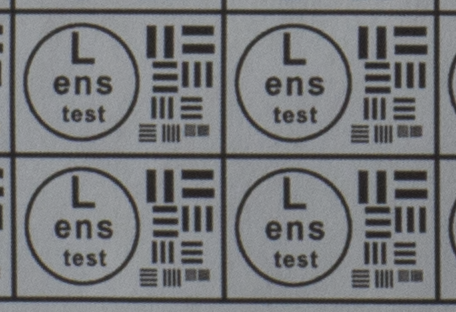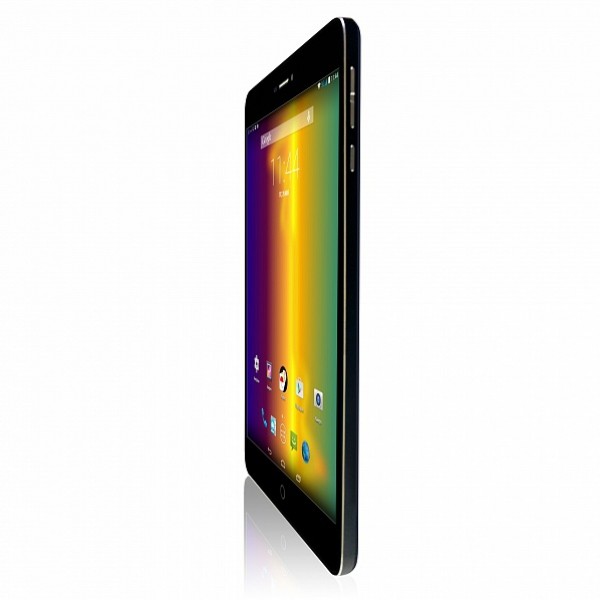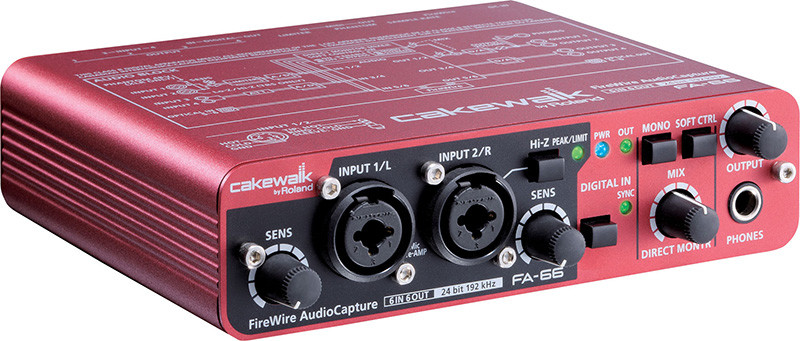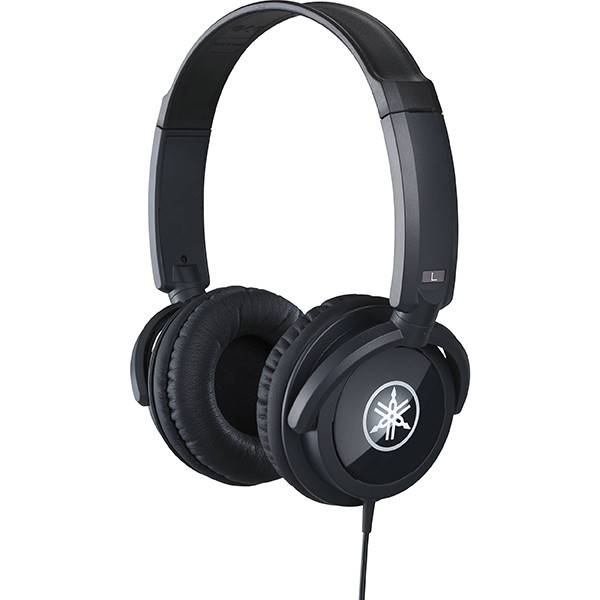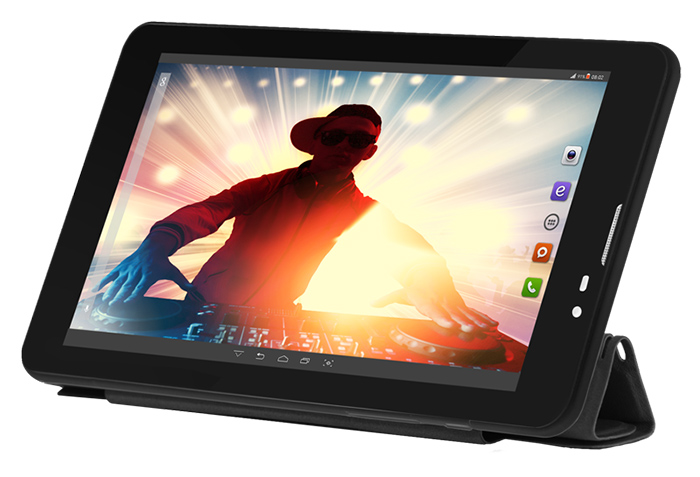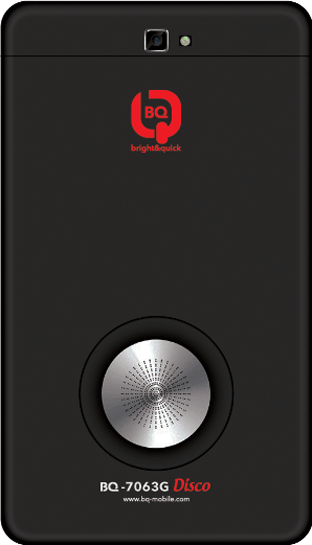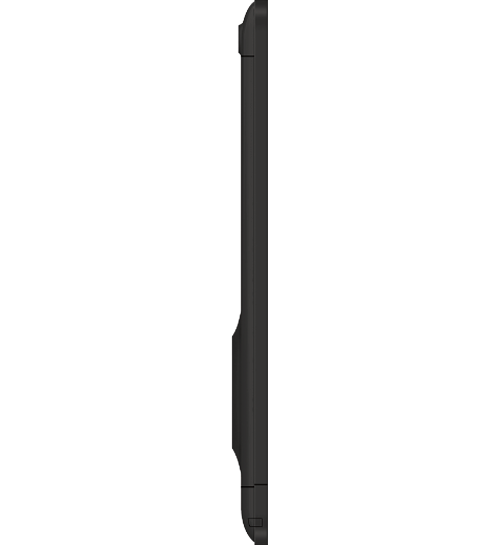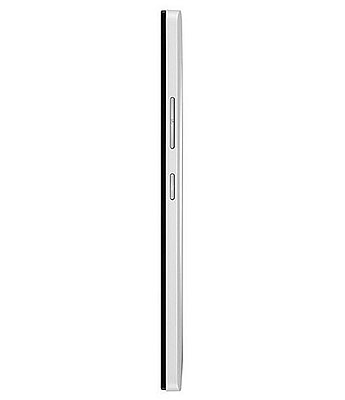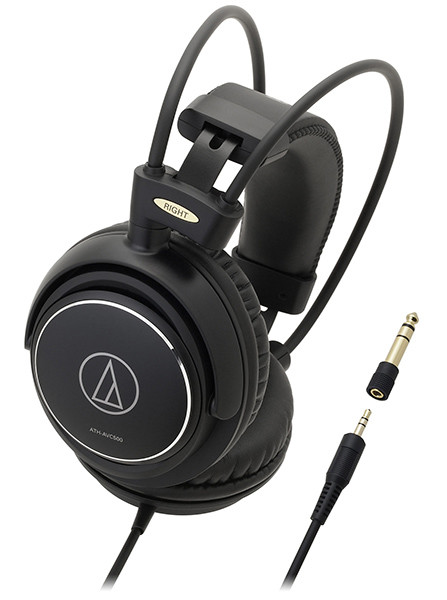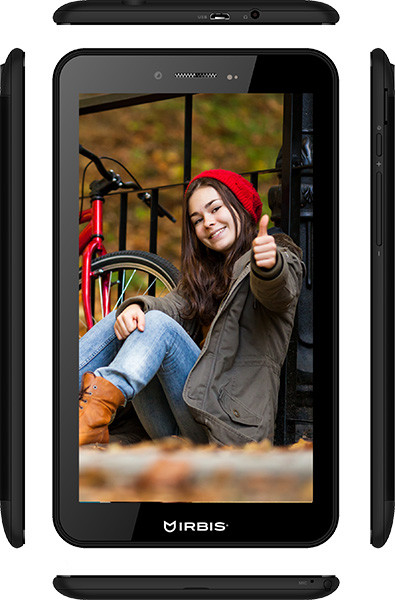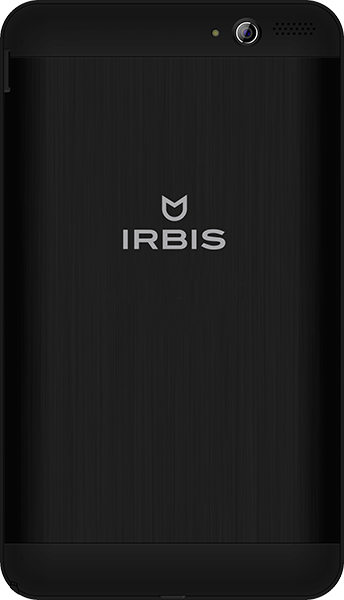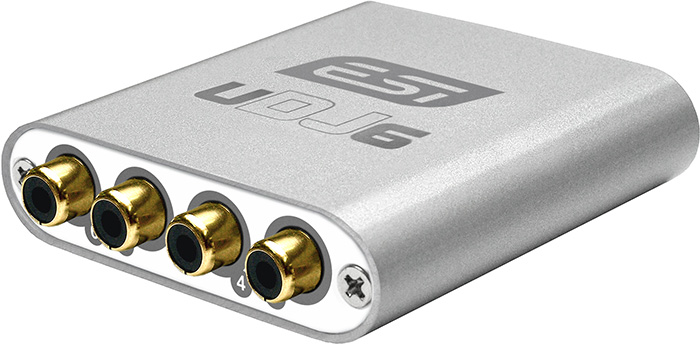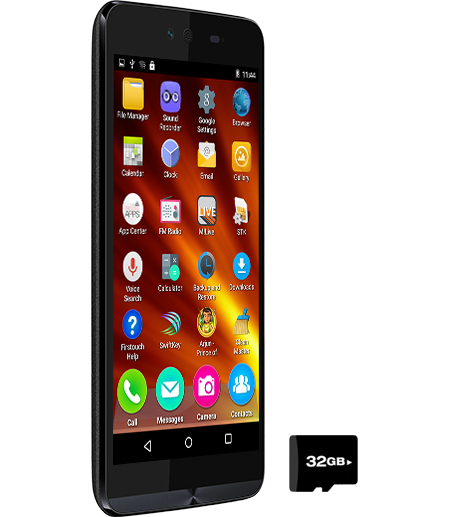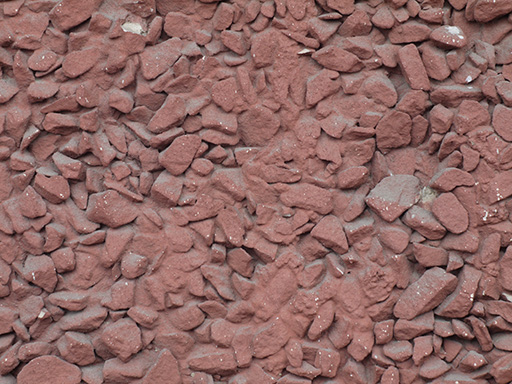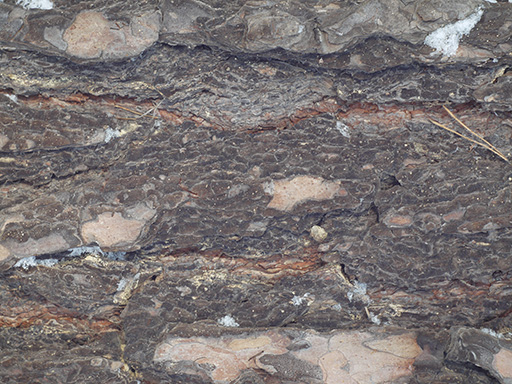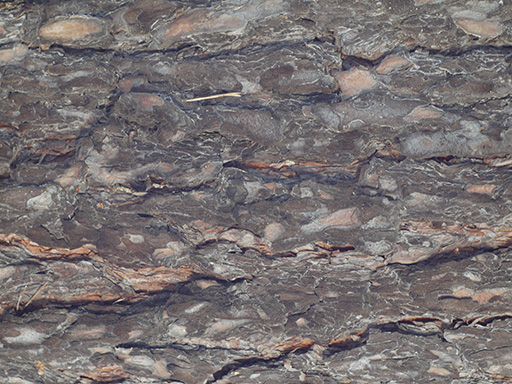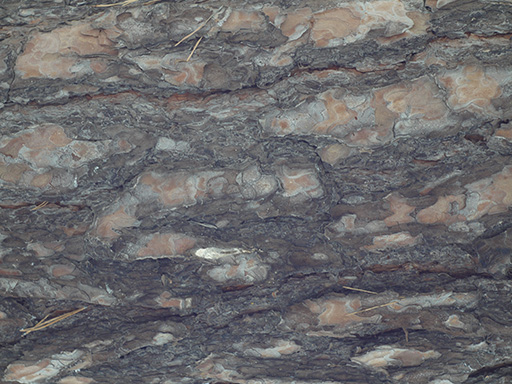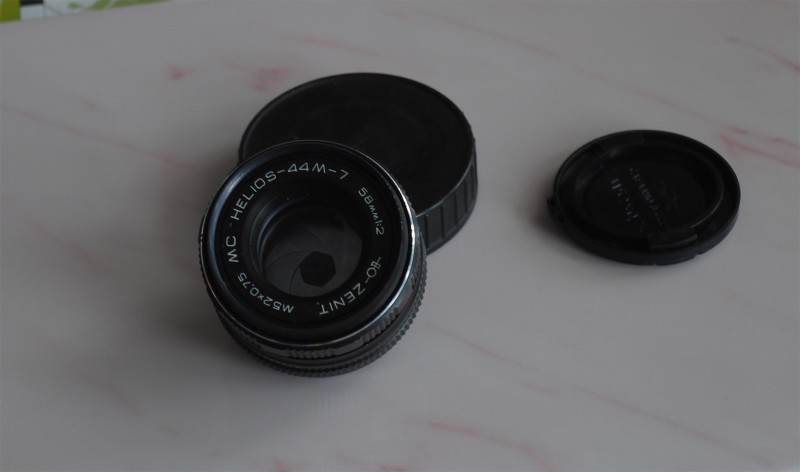
Lets move on to Helios 44M-7 photo lens testing – on Micro Four Thirds sensor with crop-factor 2 this is a great optics for making photos of small macro scenes, surfaces, entry-level tele-photo and as long-range portrait lens. It is attached to camera via M42 mount, with adapters it can be used with all cameras, whose working segment is smaller than 45.5 mm or equal to it; problems can be only with mirrored Nikon cameras, which has larger working segment, and to use such lenses with them there is need to perform lens readjusting or make modifications to adapter or optics mount. Helios 44M-7 has following technical specifications : 58 mm focus, f/2 aperture ( this is light strong lens, with f/16 minimal diaphragm ), field of view on full-frame sensor is 40 degrees 28 seconds ( on Micro Four Thirds sensor with crop-factor 2 it is equal to 20 degrees 14 seconds ), 6 lens elements in 4 groups are placed in it, they are covered with protective and anti-reflective multicoating, 6 diaphragm blades without blacking ( they have pushable mechanism of work and lens adapter should have border near thread to push its pin ), minimal focusing distance is 50 cm, there is ability to focus on infinity and resolution according to standards is 50/30 lines/mm ( center/borders ). Its sizes are 59 ( length ) x 62 ( diameter ) mm and mass is 0.27 kg, for screwable optical attachments it has M52x0.75 mount, its body is made from aluminum, there are no electronic components in it and there is need to control focusing and diaphragm by hands; lens is based on Carl Zeiss Jena Biotar 2/58, different variants of Helios 44 make it one of the most mass produced lens in the world.
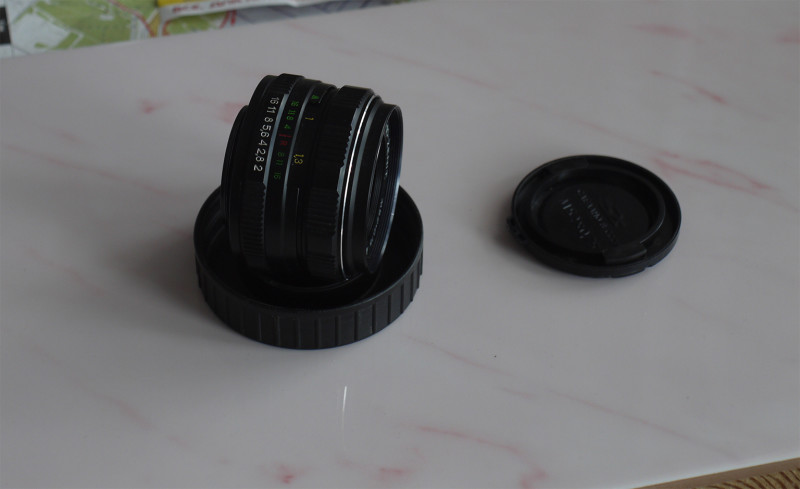
Helios 44M-7 is very sharp and light strong lens, so it is easy to make photos with it even from hands and with not very bright lighting; it has very small depth of field and it is easy to focus on the objects. On MFT sensor with crop-factor 2 it has small field of view, Mir-1V photo lens has larger FOV : 30 degrees, so Helios 44M-7 is suitable for specific kinds of tasks, described in the beginning of article. Photos, made with this lens, can be seen here : test photos of Helios 44M-7 ; test videos with frontal and side lighting without YouTube recompression can be seen here : test video of Helios 44M-7. I made all photos and videos with maximally opened diaphragm, so that all weak sides of optics will be seen.
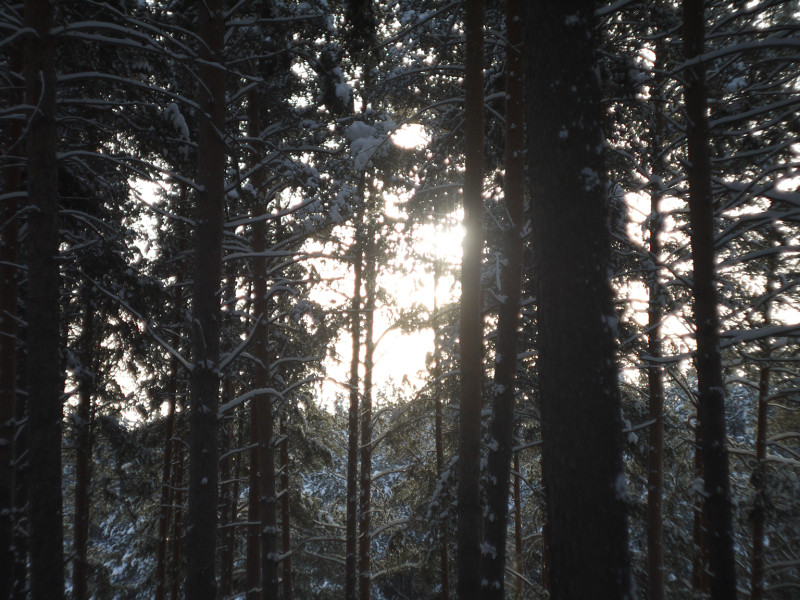
With fully opened diaphragm of Helios 44M-7 and bright lighting, objects have bloom effect on their borders ( this can be seen on test photos for chromatic aberrations levels determination with trees branches and trunks in front of sky ); from one side, if sharpness is needed, then there is need to partially close diaphragm, from the other side this can be used to create effect of blooming and light around and everywhere. Diaphragm hole form is closer to hexagon, than to circle, but it does its job. Lens works good with frontal lighting and does not loose contrast ( these are advantages of small lens elements amount optics ), light reflections appear only when Sun is in the frame itself under certain angles, there are no reflections, when Sun is out of frame and close to its border, so, lens does not require blend in such situations. There are no positional and magnification chromatic aberrations, this can be seen on test photos; by the way, on test photos with black text on white paper under angle it can be seen how small depth of field of lens in macro mode is, this can be used to stand out object on the background of other objects. Color transmission is natural without saturation decrease and dark areas darkening, as Mir-1V lens does.
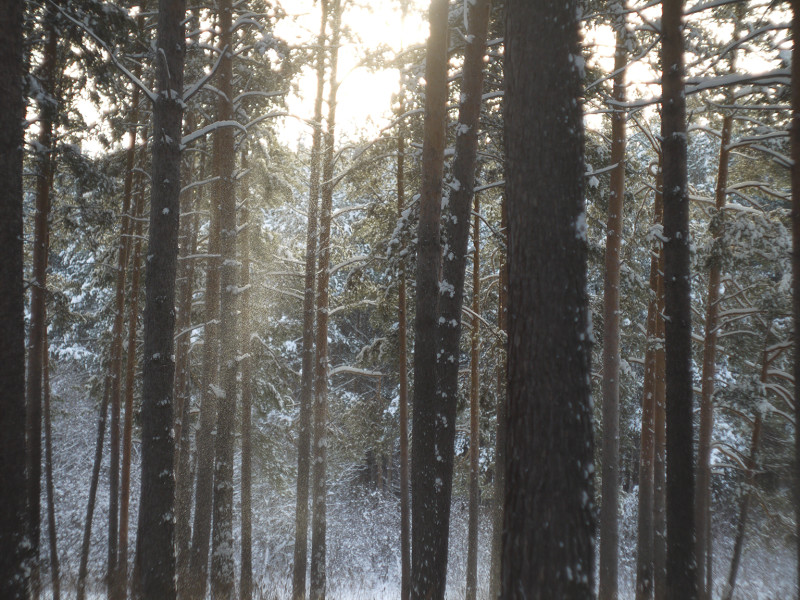
On the next week I’ll make photos of test mira for image sharpness with different diaphragm values and geometrical distortions levels figuring out, analyze them and add materials to article; now it can be said, that maximal diaphragm of lens is usable only for specific tasks, its working values are, probably, f/4 – f/8, as Mir-1V lens has. After this I’ll probably acquire Industar-69 lens, with Micro Four Thirds sensor it will have 42 degrees FOV and this will allow to place open scenes in the frame, at least from the distance ( there is need to readjust it or adapter, but more on this next time ). With all this I’ll have lenses for all my current tasks; after some time, maybe I’ll buy some electronic Panasonic lens with autofocusing and optical image stabilization for high quality smooth video recording without shaking and for 50 – 60 degrees field of view, but for the time being for me it is enough of these lenses, will harness work with them and learn to use them.
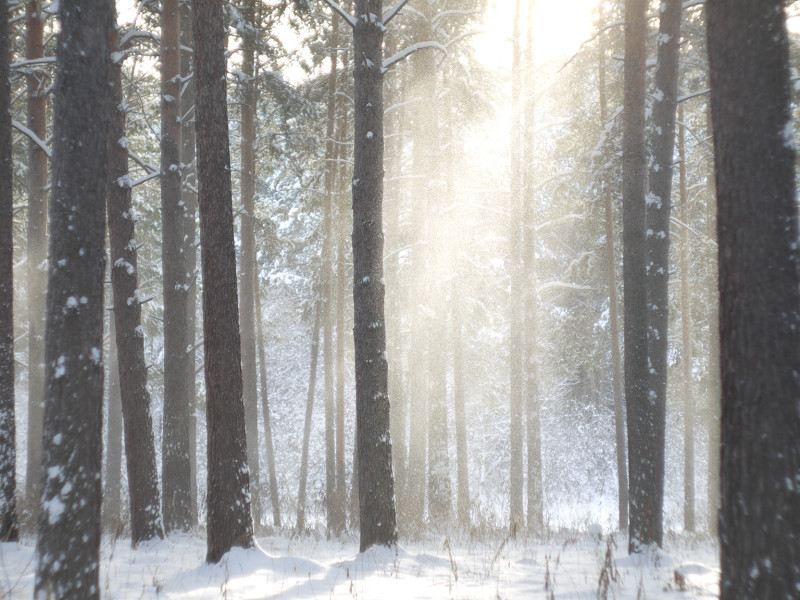
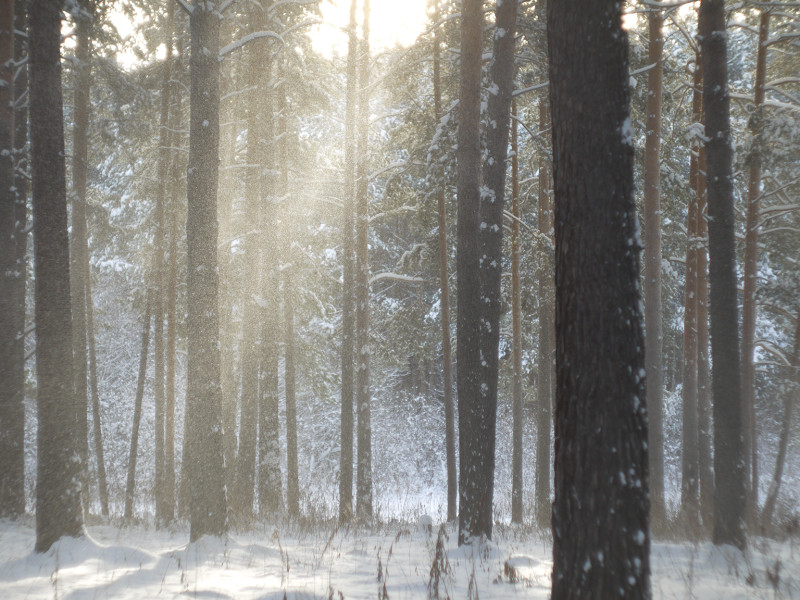

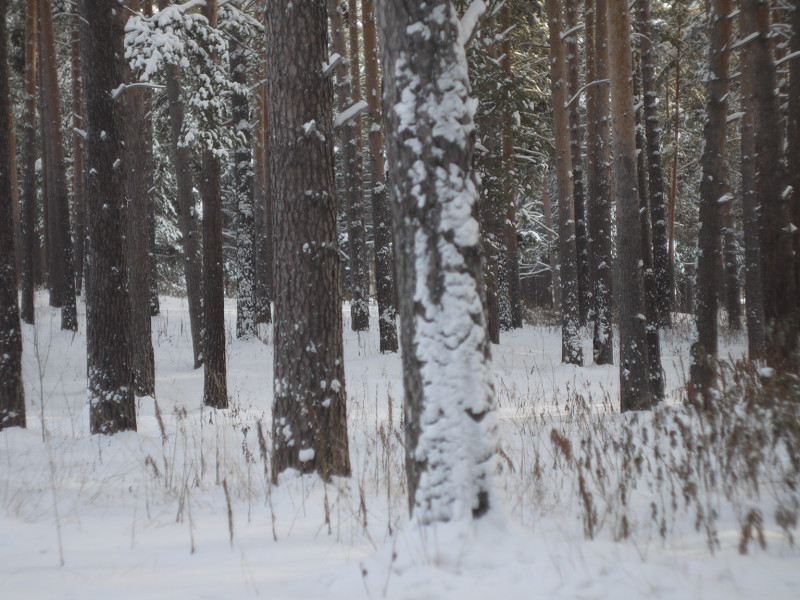
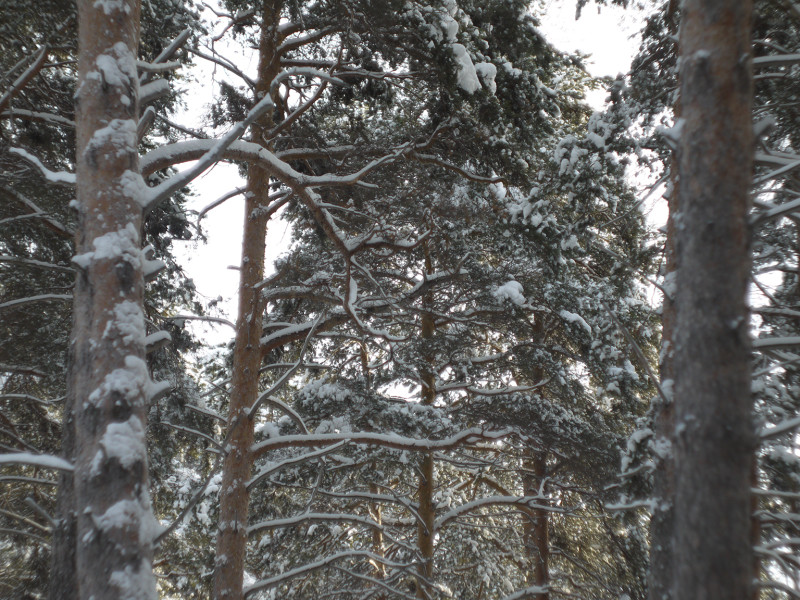
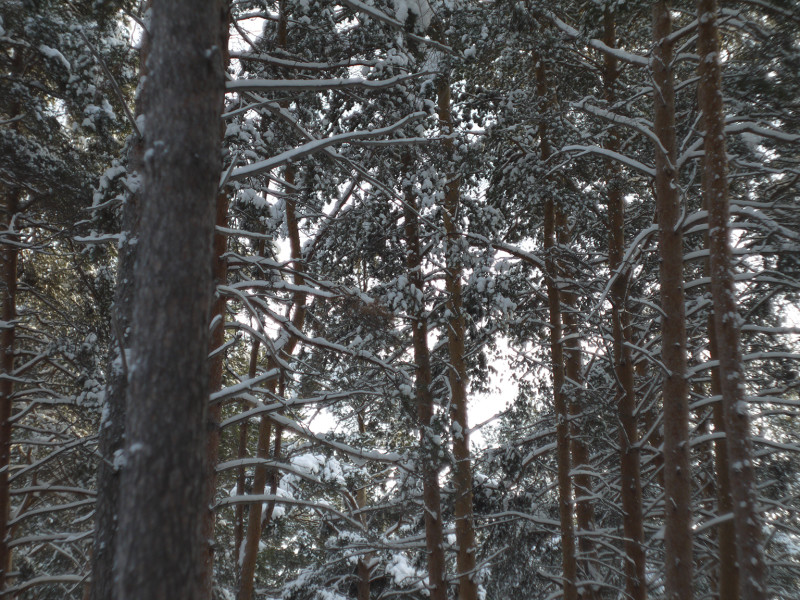
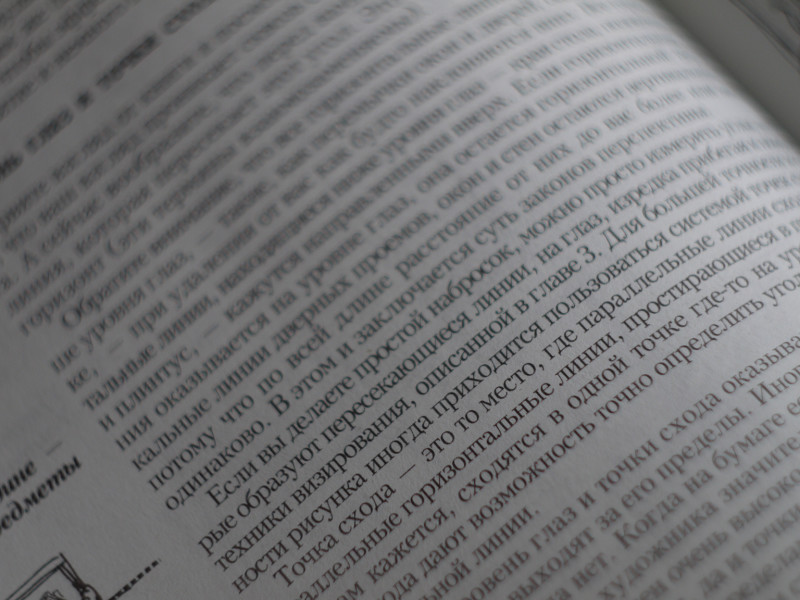
Update from 16.2.10
On test mira photos it is seen, that with diaphragms f/2 – f/2.8 image is blurry on edges and in center, so they can be used for creation of special effects of lighting and blurring. With f/4 diaphragm center becomes sharp, but edges are still blurry, so it can be used for portrait photos making and for small objects at the center of frame photographing. With f/5.6 diaphragm edges are clearer, but still some blurriness is visible, so it is better to use it as f/4 diaphragm. With f/8 – f/11 values center and edges are sharp and with f/11 there are still no diffraction effects in the frame, so it can be used freely. With f/16 diffraction effects strongly blur image and it is not usable in most cases. So, Helios 44M-7 has f/8 – f/11 working diaphragms; f/4 – f/5.6 are applicable for portrait and small objects in the center photos making; with f/2 – f/2.8 values image is blurry and they can be used for creation of special effects of lighting and image softness; f/16 diaphragm has strong diffraction blurring and it is better to use other values in most cases. So, overall picture of image sharpness is close to Mir-1V lens, but it gives sharp images earlier and has diffraction effects also earlier, and there is need to learn to use this lens, account its specifics, use them for all scenes types and create special effects with them.


